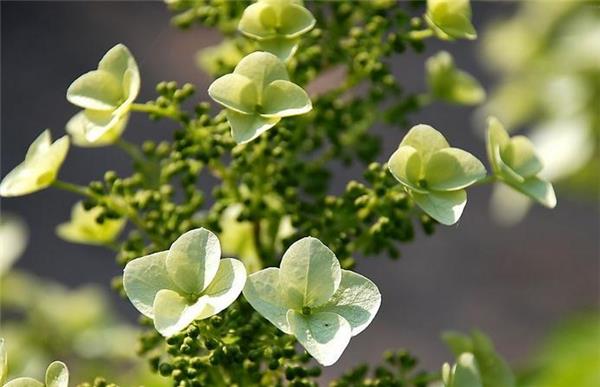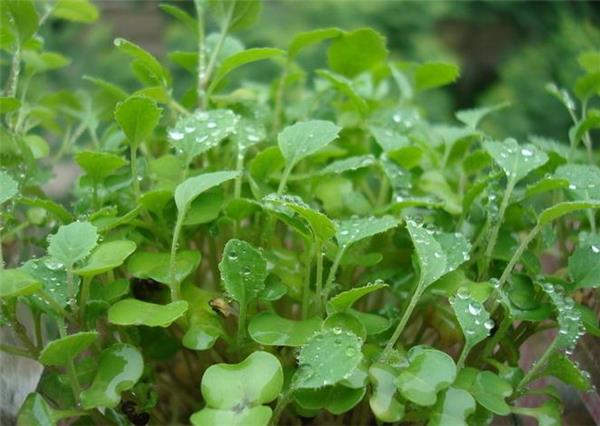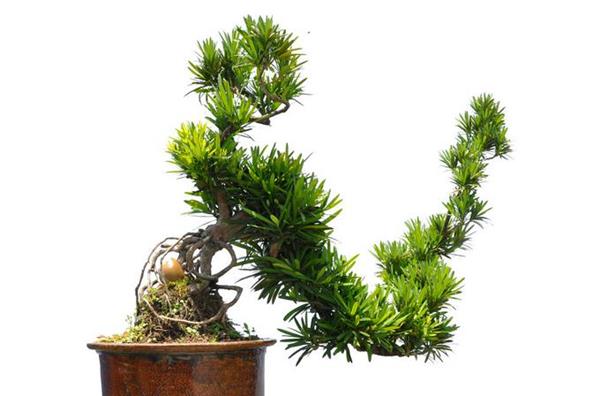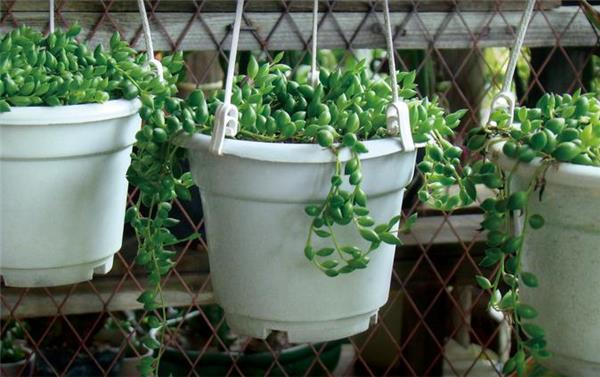How do plants spread seeds?
Many friends do not know much about the method of seed transmission, so how do plants spread seeds? Which plants are suitable for display in the room? Today, let's give you a brief introduction. Let's take a look at it.

The method of spreading seeds by plants
1. Wind
There are many ways for plants to spread seeds, and wind transmission is very common. When it comes to wind transmission, you will think of dandelions. Some seeds grow into wings or feathery appendages and fly in the wind. Most of the seeds with feathery appendages are herbaceous plants, such as yellow quail of Compositae, and woody plants such as willow and kapok.
In addition, some small seeds have a large relative ratio of surface area to weight, so that the seeds can drift away with the wind, like orchid seeds. The achene of a dandelion of the family Compositae, whose crown hairs spread when ripe, fluttering like a parachute in the wind, spreading seeds far away.
2. Water
Water transmission is also a method for plants to spread seeds, which is mainly reflected in aquatic plants. The seeds transmitted by water do not stick to water on the surface, the pericarp contains air chambers, the specific gravity is lower than water, and can float on the water surface and spread through streams or ocean currents. The seed coat of such seeds is often rich in fiber, which can prevent the seeds from rotting or sinking by soaking or absorbing water. Seashore plants, such as chessboard feet, lotus leaves and olives, have typical waterborne seeds.

III. Animals
The way plants spread seeds, I can't move, there's always something that can move, so some plants choose to let animals help them spread. Most of the seeds spread by birds are fleshy fruits, such as berries, drupes and cryptic fruits. Birds peck at the seeds of Lauraceae and spit them out. After the fruit is eaten, the seeds pass through the digestive tract and are excreted at will. Plants that rely on birds to spread seeds are a relatively advanced group, because birds spread seeds the farthest of all ways.
Most of the transmission of mammals belongs to some medium and large succulent fruits or dried fruits. Generally speaking, mammals are relatively large in size and have large food requirements, so they will choose some large fruits. For example, macaques like to eat the fruits of hairy persimmons and plantains, which also help these plants spread.
IV. Bullet crack
Crack is also a way for plants to spread seeds. Some perennial wind rolling grasses, such as Polygonum polygonum, become brittle at the base of the stem when the seeds on the plant are nearly mature, and when the weather is dry and strong winds blow over, some part of the base of the stem is separated from the root, and the plant rolls everywhere.
Some annual wind rolling grass, such as dichromatic blood grass, the ground and underground parts of its entire plant will be uprooted by the strong wind, away from the original place, and begin to roll.

What kind of plants are suitable for indoor?
1, copper money grass, copper money grass is very easy to feed, suitable for hydroponics, and does not need any chemical fertilizer and nutrients, can be placed on the windowsill or the side of the computer, normal tap water can be fed, grow fast, the leaves are round like copper coins, so the visual effect is very beautiful.
2. Four-leaf clover is a lucky grass that needs to be cultivated in soil, but it grows amazingly fast and is easy to raise. It blossoms, has a good visual effect, and absorbs dust and dust. Can be placed on the balcony, play the role of purifying the air, so many families prefer this plant.
3. Asparagus and small aloe vera are also very popular. Asparagus is suitable for display in the study, but it is difficult to raise asparagus. However, many people like the delicate and beautiful appearance of asparagus, which is also a very aesthetic expectation. And small aloe is very drought-resistant, can be placed on the side of the TV, do not need to watch and water often, watering once a week and half a month, slightly need to fertilize, but also can take off aloe leaves to make a mask.

This is the end of the introduction of plant seed transmission methods. I believe that after reading it, we will have a certain understanding of the mode of plant seed transmission. If there are friends who want to put plants indoors, you can refer to the relevant knowledge that I introduce to you.
Related
- Wuhan Hospital Iron Tree Blooming Result Was Instantly Frightened by the Gardener Master
- Which variety of camellia is the most fragrant and best? Which one do you like best?
- What is the small blue coat, the breeding methods and matters needing attention of the succulent plant
- Dormancy time and maintenance management of succulent plants during dormancy
- Minas succulent how to raise, Minas succulent plant pictures
- What are the varieties of winter succulent plants
- How to raise succulent plants in twelve rolls? let's take a look at some experience of breeding twelve rolls.
- Attention should be paid to water control for succulent plants during dormant period (winter and summer)
- Watering experience of twelve rolls of succulent plants
- Techniques for fertilizing succulent plants. An article will let you know how to fertilize succulent plants.



